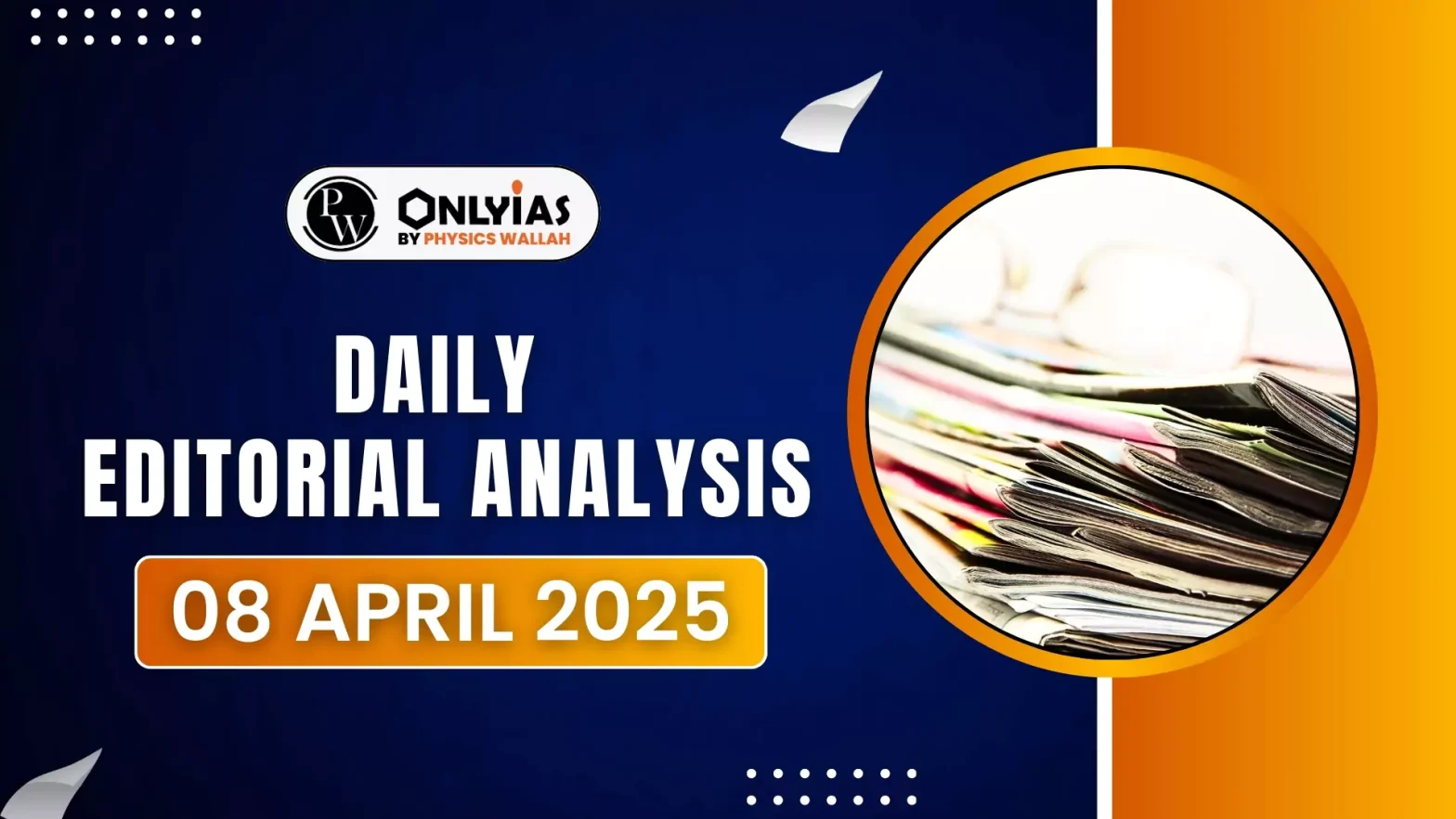Recently the U.S. President Donald Trump, aged 78, reiterated his interest in pursuing a third term as President of the United States
22nd Amendment of US Constitution
- Purpose: The 22nd Amendment to the U.S. Constitution, ratified on February 27, 1951, limits U.S. Presidents to two elected terms.
- Background: It was enacted in response to Franklin D. Roosevelt’s four-term presidency (1933–1945), which broke the two-term unwritten precedent set by George Washington.
- Prohibition: The Amendment prohibits any individual from being elected to the Presidency more than twice.
- If someone has served more than two years of another President’s term (e.g., a Vice President who becomes President due to death or resignation), they are eligible to be elected only once.
- Maximum Tenure: The maximum tenure for a U.S. President is thus 10 years (two years as a successor plus two full terms).
- Eligibility of Trump: Donald Trump served as President from 2017 to 2021 and is seeking re-election in 2024. As per the 22nd Amendment, Trump is ineligible for a third term, since he has already served two elected terms.
Strategies to Bypass this Amendment
- Loophole: Trump has suggested a strategy where J.D. Vance could run for President in 2028, with Trump as Vice President. If Vance were elected, he would resign, allowing Trump to become President through succession.
- Legal barrier: The 12th Amendment explicitly states that a person who is constitutionally ineligible to be President cannot serve as Vice President.
- As Trump is barred from a third term by the 22nd Amendment, he cannot legally serve as Vice President either.
- Succession Route: Professor Bruce G. Peabody suggests that while the 22nd Amendment prevents Trump from being elected for a third term, it does not prevent him from serving as President beyond two terms.
- Feasibility: If both the President and Vice President become unavailable, the Speaker of the House can assume the Presidency. However, this pathway is theoretical and highly unlikely due to political and practical challenges.
Global Leaders Extending Term Limits
- Putin: Vladimir Putin became President of Russia for two consecutive terms (2000–2008), hitting the two-term limit under Article 81(3) of the 1993 Constitution.
- To bypass this limit, he became Prime Minister (2008–2012) while his ally Dmitry Medvedev assumed the presidency.
- In 2012 and 2018, Putin returned as President and, with the 2020 constitutional amendment, reset his term count, allowing him to potentially remain in power until 2036.
- Turkey: Recep Tayyip Erdogan served as Prime Minister of Türkiye from 2003 to 2014 before transitioning to the Presidency.
- In a 2017 referendum, Erdogan abolished Presidential term limits, transitioning Türkiye to a Presidential system, allowing him to extend his rule beyond traditional constraints.
- China: Xi Jinping, in 2018, successfully eliminated China’s two-term Presidential limit, allowing him to rule indefinitely.
- Germany: In Germany, Chancellors face no fixed term limits but require parliamentary support to continue in office.
- Angela Merkel served as Chancellor for 16 years, demonstrating the possibility of long-term rule through political stability and party confidence.
- Canada and Britain: In Canada and Britain, Prime Ministers are not bound by fixed term limits. Their rule is contingent upon party confidence, allowing them to lead indefinitely as long as they retain the support of their respective political parties.
India’s Parliamentary System
- No Term Limits: Unlike the U.S. Presidential system, India’s Parliamentary system does not impose term limits on its Prime Minister. The Prime Minister’s tenure depends on retaining the confidence of the Lok Sabha (Article 75(3)).
- Features :The absence of term limits ensures voter sovereignty, democratic flexibility, and parliamentary accountability.
- Extended Tenure: Narendra Modi, the current Prime Minister, could serve up to 15 years if he continues in office until 2029.
- No-Confidence” Motion: A “no-confidence motion” is a key mechanism for ensuring parliamentary accountability, as it can end a Prime Minister’s tenure. Notable instances include:
- V.P. Singh in 1990.
- H.D. Deve Gowda in 1997.
- Atal Bihari Vajpayee in 1999.
Conclusion
Unlike the U.S., many global leaders have bypassed or removed term limits, using constitutional loopholes or reforms. India’s parliamentary system allows indefinite terms for Prime Ministers, provided they retain Lok Sabha confidence, ensuring flexibility within democratic accountability.
![]() 8 Apr 2025
8 Apr 2025

